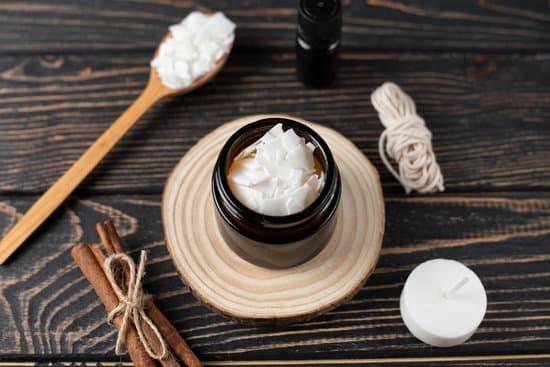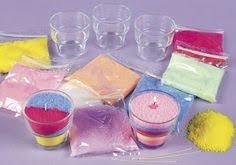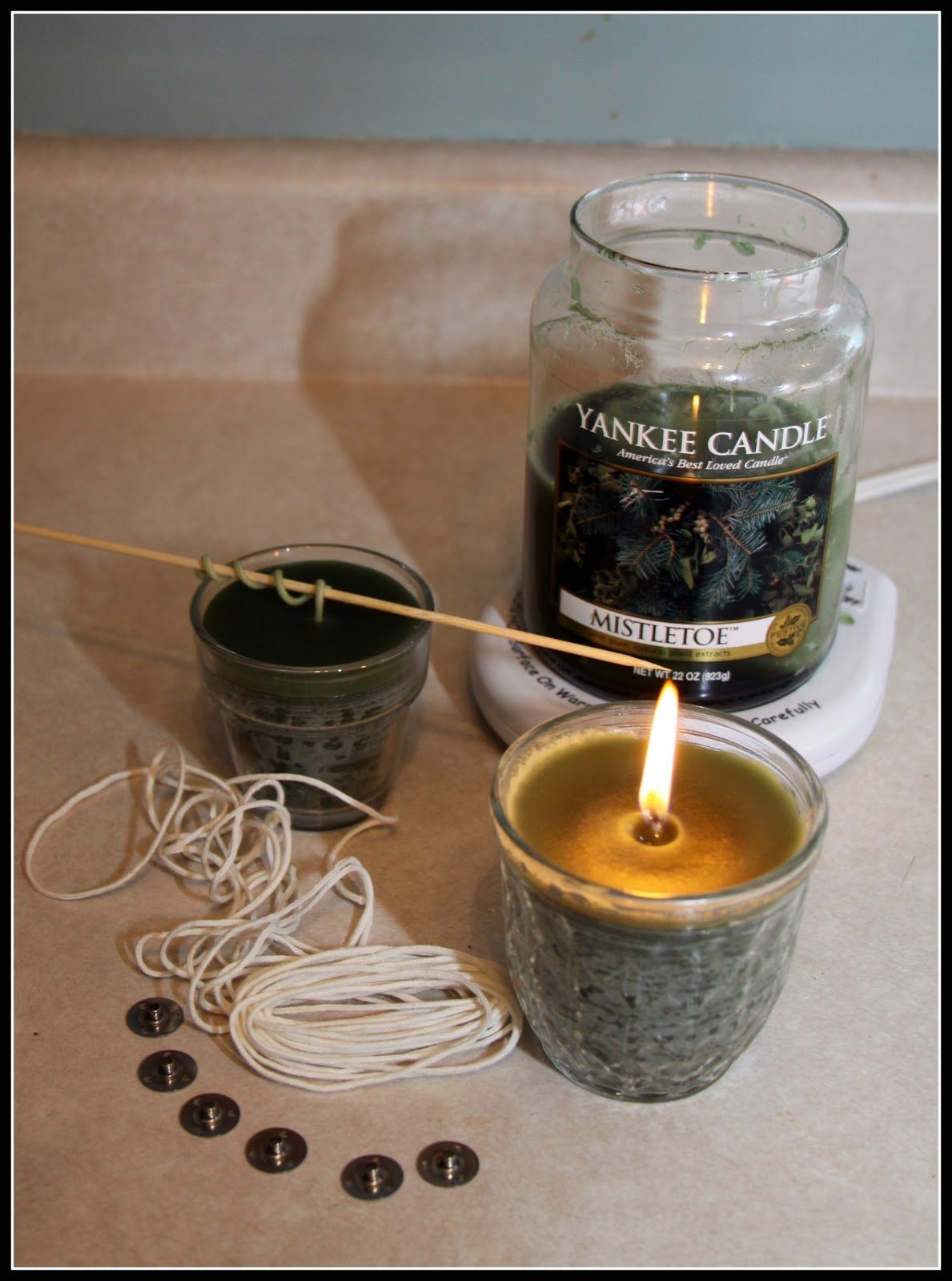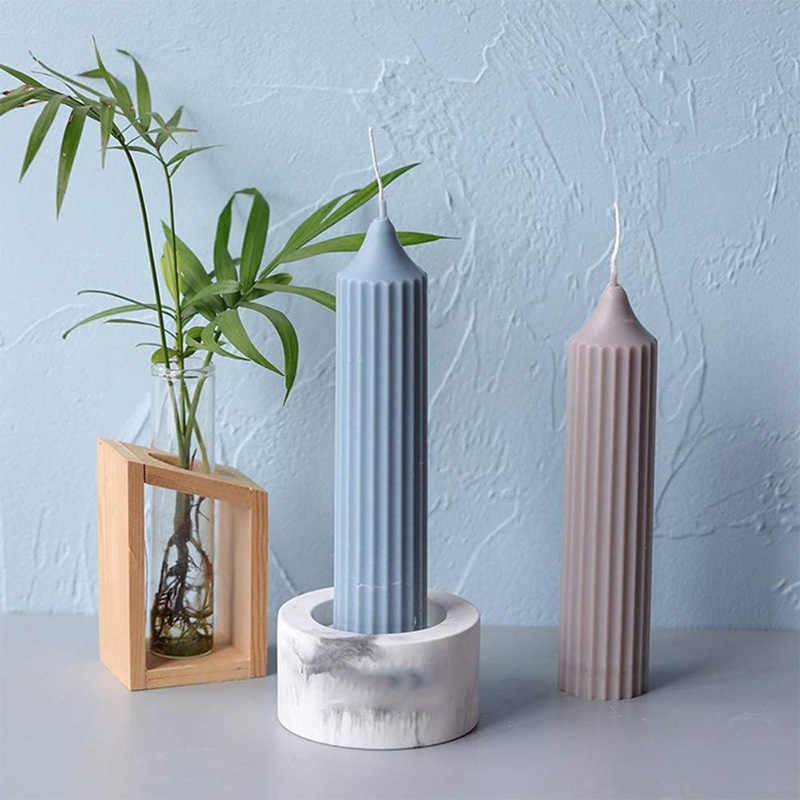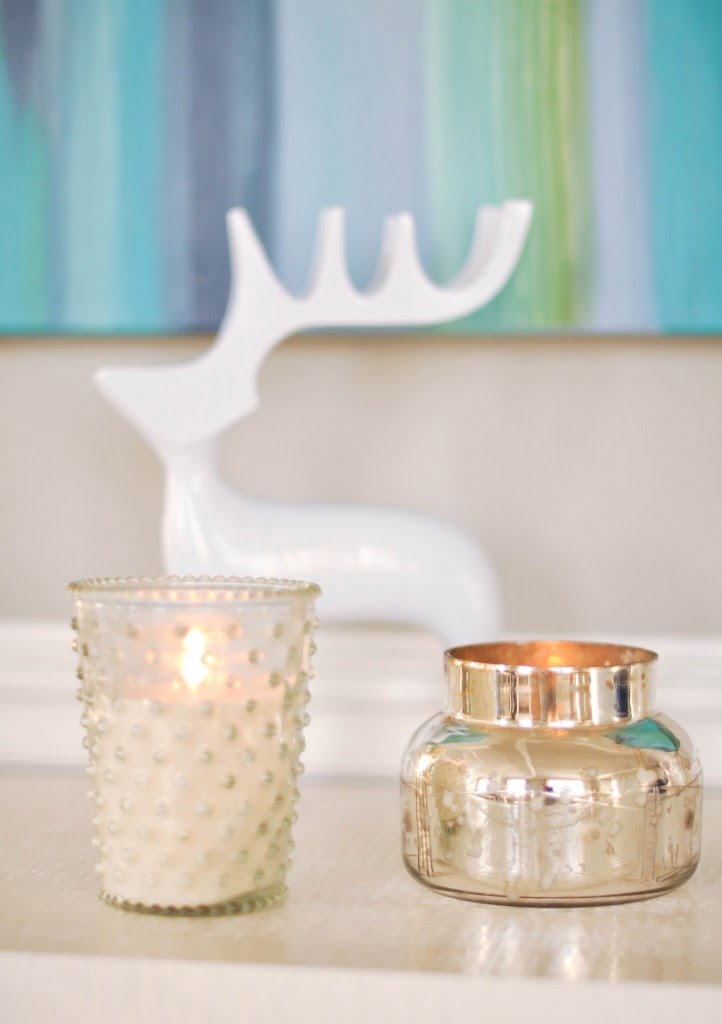Introduction
Making candles is an age-old craft that anyone can learn with a few simple steps. This guide will take you through the basics of making your own wax candles from scratch. We include high-resolution photos to help illustrate the whole process.
Start by gathering your supplies, which includes candle wax, dye, wick and scent (optional). Choose a type of wax such as soy or beeswax depending on what kind of candle you want to make. If you’re a beginner, paraffin wax is probably the easiest to work with because it’s odorless and easy to melt.
Next choose dyes, wicks and scents for your candles if desired. Dyes come in liquid or powder form and you can use as much or as little as needed depending on the look that you’re going for. Wick also come in various sizes depending on how large the candle container is – be sure to pick one that fits properly! Finally, if desired, add up to 15% fragrance oil with your liquid dye; this will give the candle an extra hint of scent without overpowering it.
Once you have all the necessary supplies together, start by melting your wax over medium heat until it reaches 155-165 degrees Fahrenheit. If adding dye and/or fragrance oils do so now while stirring continuously until all ingredients are completely melted. Then pour the hot liquid into prepared containers ensuring they’re filled no more than two-thirds full; otherwise, they’ll overflow during burning which is a safety hazard! Once cooled slightly attach wick tab onto surface of wax then center wick within container allowing excess length to hang over edge; this makes cutting off any extra easier after pouring process is completed. After everything has cooled off trim eyelet end of wick so flame won’t exceed height of container when lit! And there you have it “”your very own handmade candles ready for gifts giving or burning yourself!
The Supplies Needed to Create the Perfect Candle
1. Candle Wax: The type of wax used will depend on the desired outcome ” ranging from soy wax to traditional paraffin wax, it’s important to understand the different end results before beginning.
2. Wicks: Wicks are essential for guiding heat during the melting and cooling process, as well as providing oxygen to keep the flame alive once lit. Depending on the candle size, wick sizes change in order to help keep a balanced amount of wax burning on top and underneath.
3. Fragrance Oil/Essential Oils: Available through a variety of vendors, oil is used to scent candles during the dying process. Selecting particular oils is entirely up to preference, although knowledge about how long scents tend to linger will assist in creating beautiful candles with lasting scents.
4. Dye or Coloring: Great for adding character or bringing out scents differently, dye can be added into the melted wax prior molding and pouring; this is a great way to create smaller batches of candles with a range of colors for themed events etc.
5. Containers & Molds: The types of containers and molds that you use will depend on what candle shape you’d like to achieve! This may range from glass jars, ceramic containers or silicone molds – each one will provide distinct layers in your finished product which add an interesting element to your creation!
6. Thermal Heat Resistant Pitcher & Spoon: To avoid any accidents while melting wax, an appropriate thermal heat resistant pitcher and spoon should be utilized throughout this stage; particular materials are designed for these purposes, such as enamel rather than metal which may cause reactions within melted wax consistency etc.
7. Thermometer: A typical kitchen thermometer may come in handy due to its highly accurate readings; this is incredibly important when dealing with temperatures needed by different types of candle wax; too high or too low temperatures can result in possible imperfections or failed attempts at desired shapes/containers etc…
Understanding the Basics of Wax Melting
The process of candle making requires melting wax, which can be done in a variety of ways. The most popular way to melt wax is to use an electric wax melter or double boiler although there are many other methods.
Electric Wax Melters: Electric wax melters are the easiest and fastest way to melt your wax. They come in a variety of shapes and sizes with different temperature settings. While some may not offer you complete control over the temperature, they are convenient and allow you to keep track of the progress. Most melters will require the use of a thermometer to ensure that the melting process goes smoothly.
Double Boiler Method: The double boiler method is another popular option; this is done by placing two separate pots next to each other on a stove with one filled with water and one filled with wax. Heat is then used to slowly warm up the wax until it melts completely. This method gives more control over the temperature because you can adjust the flame as needed. However, since it takes longer than an electric option, it is usually best for large batches of candles or when details have to be precise (like when using molds).
Safety tips should always be followed when working with hot wax and caution should be taken at all times! It’s important to wear protective eyeglasses while making candles as flying pieces of hot melted wax could seriously injure your eyes. Make sure there is adequate ventilation throughout your workspace as well, especially if you are using electric wax melters as they release fumes during their cycle which can become dangerous if too thick in concentration. Finally, make sure all surfaces touched by melted wax have been properly prepared beforehand ” for example, preparing molds ahead of time helps prevent sticking and spillage when funneling molten liquid into them!
Scent and Color Combinations for Aromatherapy Benefits
Step 1: Gather Supplies – To make your own candles you will need a heat-safe container, wax – either paraffin or beeswax, wicks, fragrance oil, and one or two colors for the wax.
Step 2: Prepare the Container – Start by prepping your container. Clean any dust or debris from it and set it into a double boiler with some water. The water should be no higher than an inch below the top of the container. If you don’t have access to a double boiler, you can use a heat-safe bowl over a pot of boiling water instead.
Step 3: Melt the Wax -While your container is heating up, measure out and melt your wax of choice in a separate pot on low heat. Once melted, add in your fragrance oil and colors as desired before pouring it into your prepared container. Make sure that all ingredients are blended together evenly before moving onto the next step!
Step 4: Add Wicks – Pour the melted wax mixture into your heated container and add the wick while it’s still molten. Be sure to center it to ensure an even burn once everything has cooled down completely. Push down firmly so that it is secured in place at the bottom of the cup/container/mold.
Step 5: Cool Time! – Allow time for cooling before touching, moving or adding additional decorations such as labels or ribbons to each candle. It’s ideal to let them cool completely overnight or even for up to 24 hours depending on size ” though this may vary by type of wax used too! This step is crucial so that all elements become solid yet remain malleable for trimming purposes prior to burning them when lit later down the road.
Pouring the Wax Into Your Molds Properly
This is a crucial step in candle making as it helps create an evenly distributed and smoothly shaped final product. Begin by slowly and carefully pouring the melted wax into your molds using a measuring jug, ensuring that the wax isn’t too hot (around 60-65 Celsius) or else it could warp the shape of the mold. Keep a close eye on the level of wax rising in the mold and pour out any excess that may surface. Depending on the type of wax you are using, stabilizers can be added during this stage to ensure that your candles have maximum aroma and burn time consistency. Once all your desired molds have been filled, wait for them to cool down and harden before removing from their holders. Place them upright in open air until you are ready to finish off your candles with decoratives or other embellishments if desired.
Finishing Touches
The final step of candle making process with pictures is to add the wicks and embellishments. This allows your candles to have a finished look, as well as providing an element of decoration. To start, you may need to cut your wick(s) down to the desired size. Place the wick at the bottom of your container or wax mold, positioning it in the center of your mould or container before pressing in gently with a skewer or chopstick. Embellishments such as small natural objects, decorative beads, glitter or herbs can be added on top of the melted wax if desired. Lastly, once all wicks and embellishments are placed – prepare a bowl filled with hot water, dip your finger into it and run along the surface of each candle at least three times. A thin layer of liquid wax will form across each candle’s surface. This helps to keep dust, dirt and air away from entering your candles while allowing them to burn better and last longer!
Unexpected Strategies for a Professional-Looking Candle
Step 1: Gather the necessary supplies. Before you begin to make your candle, you will need to ensure that you have all of the necessary supplies. This includes wax, wicks, dye or fragrance oils, thermometers, a pot for melting the wax, containers for pouring in the melted wax, and other tools like scissors, clippers, and holders.
Step 2: Pre-Warms Pot & Wax. Place your melting pot on low heat and add the wax carefully into it. Ensure that you stir it regularly so that it melts completely before you pour it into containers for further cooling. This will also let you know when the correct temperature has been reached for pouring into molds or containers.
Step 3: Add Dye/Scent. You can add dye or scent to your candle during this step depending on what type of finish you’d like your candle to have. If you choose to use dye tablets or scent oils ensure that these are added prior to pouring the liquid wax into either molds or containers of your choice.
Step 4: Determine Wick Placement and Tie Off at Bottom of Container. After determining your desired wick length and position in reference to the bottom and sides of a container or mold insert wicks making sure they don’t move as much as possible while simultaneously tie off them at the bottom of said container leaving enough slack between the top part and knot so that proper burning occurs later on By providing a stable anchoring point which should stay put while burning
Step 5: Pour Wax Into Container Adding more Fragrance Oil if Desired. At this stage slowly pour melted wax onto its chosen container making sure never to overfill it Avoiding puddling spots which would cause later cracking Once poured in optionally add more fragrance oil if desired an stirred shortly afterwards without working bubbles within
Step 6: Allow Cooling Time You will now need to allow enough time for candles for cool down Properly this is anywhere from 12-24 hours depending on size Of course always avoid touching them with bare hands during this process
Step 7: Trimming Wick With Scissors/Clipper Carefully snip off excess wick with scissors making sure not using too much force lest one ruin its shape then once finished proceed by carefully trimming down particularly long tips with either nail clippers or small shears provided there is no immediate risk of leakage or burnable debris around aside from contents not meant being burned already included
Benefits of DIY Candle Making
By making your own candles, you get to choose your favorite colors, scents and wax types to create a unique experience no store bought candle can offer. DIY candle making also helps to support creativity, reduce waste and save money. The process is both fun and satisfying – not to mention the wonderful aromas you can create.
The first step in DIY candle making is collecting the materials. Make sure you have wax flakes or pellets, a container for the candle mold, wicks, dye and scent of your choice along with any additional decorative items like dried flowers or herbs. You will also need a thermometer to help determine the temperature of the melted wax.
Once all materials are collected it’s time to start melting the wax. Depending on how much wax you plan on using, you might want to use a double boiler or an electric hot plate for safety. Keep stirring until all large chunks melt before turning off the heat and adding any dyes or scents that you want in your candle. Stir often as well letting it cool down so it’s about 140 degrees Fahrenheit before pouring into your mold containers.
Next take a wick which should have some type of weight (sometimes these come with wick tabs) and place in the center on top of your mold container (or attaching ties around it). If there are instructions included with purchsed kits make sure those are followed specifically related to the attachments of wicks as they will determine how even your burn will be going forward when lit.
Finally pour slowy into each container then tapping lightly if needed so that air bubbles don’t form while cooling down further overnight until hardenend before fueling up with fragrances but additional benefits of DIY candles comes in adoring them too! Be creative by decorating variously with labeling jars if desired; glittering detail can really upscale plain containers for gorgeous additions!
Creative Ideas for Decorating Your Candles
Candle making can be an enjoyable, therapeutic activity to help you express your creativity and make something beautiful. Before diving into the exciting world of candle-making, it’s important to know all of the steps involved in this process, as these serve as a foundation for creating your own unique designs.
First, start by gathering all of the necessary supplies and equipment. Wax, wicks, scent, colors, molds or containers are the basics needed to produce any type of candle. For safety reasons, it’s recommended that you use equipment and jars specifically created for candle making such as melting pots and thermometers.
Second is ensuring that the wick is well secured before starting to pour wax. Place weight on top of the wick so that it remains at the center while pouring wax in your chosen mold or container. Make sure to also cut off any excess material which may be longer than what is required for your project can create various issues when pouring wax in your molds/containers.
Third is melting down wax. Use a double boiler set up to heat the area where you will melt down your wax until it reaches at least 180 degrees so that everything melts correctly and quickly without burning or smoking during this process. As soon as it has been melted; add in color then scent if desired before quickly funneling liquid wax into whatever molds or containers have already been prepared with their pre-cut wicks beforehand.
Finally, once poured completely let candles cool off completely between 2-12 hours depending on size and number before packaging them up for gifting or selling – now let’s get creative! Decorating candles allows for endless possibilities of customizing each one with ways like using glitters/sparkles wrapped around them in ribbons, glue gems onto them with beadwork designs in symmetry patterned prints like floral artistry abstracts from there onward. Utilizing essential oils either added directly into lid containers or converting oil diffusers turns melts creates an even more calming aromatically inviting atmosphere throughout a living space!
Frequently Asked Questions about Candle Making Process With Pictures
1. What materials are needed to make a candle using the process with pictures?
To make a candle using the process with pictures, you will need wax (paraffin or soy), candle wick, a pot, dye or pigment chips and scent if desired. You will also need an appropriate mold for your desired size of candle. The container used in the photos is actually an aluminum foil tray and could easily be replaced with other forms such as a silicone ice cube tray or any other heat tolerant vessel depending on your preferences.
2. Is it possible to make more than one candle at once?
Yes! Depending on how many molds you have available, you can make multiple candles at once by following the same steps outlined in the photos. Be sure to pay attention to the amount of wax and wick used for each mold so that all candles are of equal size and strength.

Welcome to my candle making blog! In this blog, I will be sharing my tips and tricks for making candles. I will also be sharing some of my favorite recipes.

